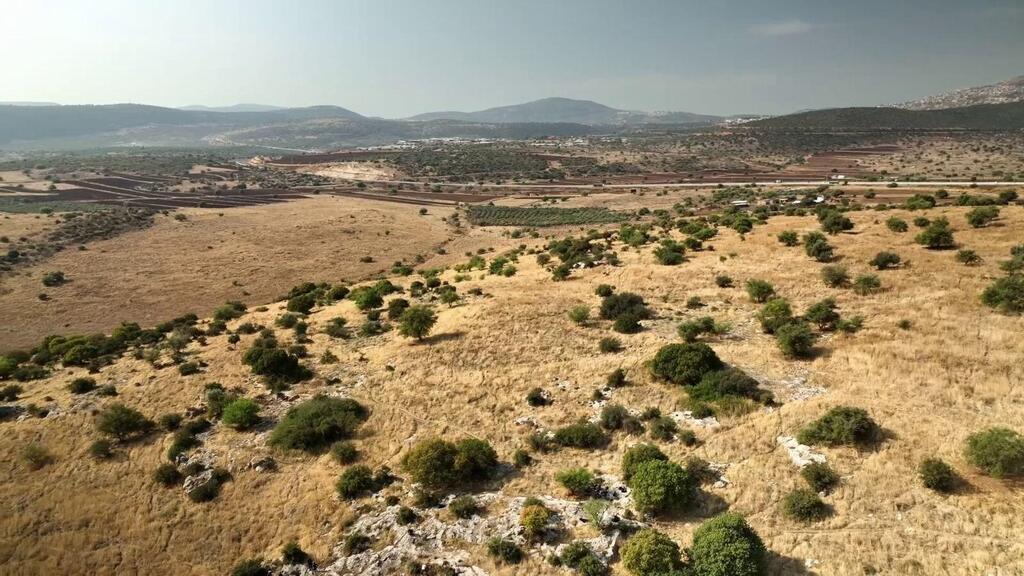A rare glimpse into one of the most dramatic moments in the history of the Jewish people has been uncovered. In 132 AD, before the outbreak of the Jewish rebellion led by Bar Kochba against the Roman army, the rebels dug underground shelters in the area of the Sea of Galilee. Recently, the hiding places were uncovered during archaeological excavations by the Israel Antiquities Authority near Huqoq.
5 View gallery
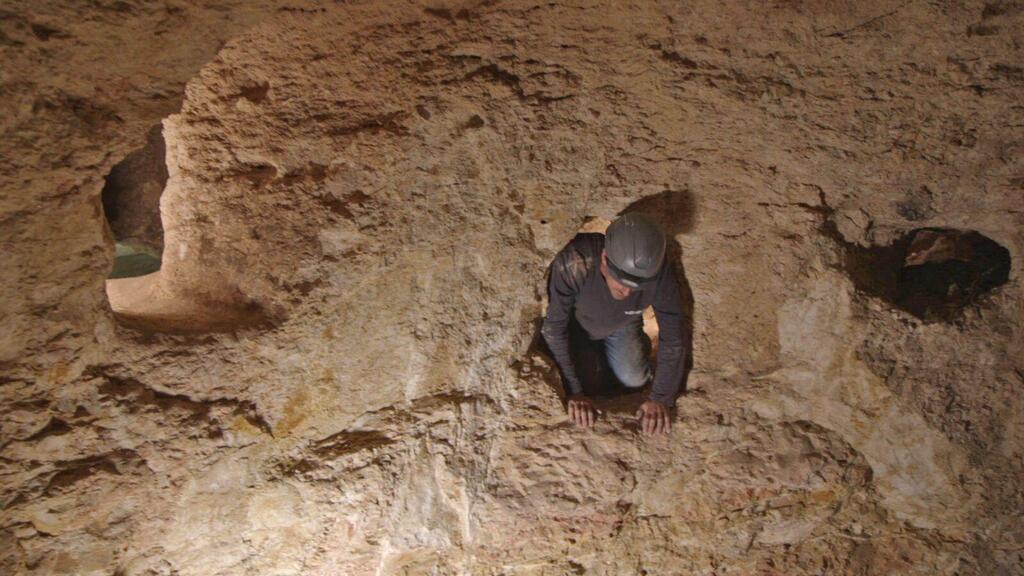

The great hiding cave from the Bar Kokhba Revolt, at the Huqoq excavation site in northern Israe
(Photo: Emil Aladjem, Israel Antiquities )
The excavations revealed that, as part of the preparations of the Jews for the struggle against Roman rule both in the Great Revolt and in the Bar Kochba Rebellion, the residents of the Huqoq village converted the water cisterns that were dug during the Second Temple period into hiding systems. In addition, they closed a mikveh for ritual purification, and in its place created a branched hiding system, which allowed safe movement under the houses, in winding, narrow and extremely low caves.
More stories:
The Israel Antiquities Authority said that in this underground system, which is the largest and most impressive discovered so far in the Galilee, there are about eight hiding spaces, and its holes are turned at 90-degree angles in order to make it difficult for the Roman enemy, armed with heavy equipment, to pursue the fugitives. In the excavations, hundreds of fragments of pottery and glass were discovered, as well as an impressive bronze ring, though it was missing its encrusted precious stone, and other finds that provide a glimpse into the 2nd century AD.
Huqoq is thought to have been established in the Early Roman period, about two millennia ago, as a Jewish settlement. It is mentioned in the Jerusalem and Babylonian Talmuds as the area where Rabbi Pinhas and Rabbi Hezekiah, sages from the third and fourth centuries CE, were based. Near the hiding place, on the top of a hill, a synagogue dating back to the Byzantine period was uncovered, with magnificent and unique mosaics. This synagogue has been excavated since 2011 by a delegation from the University of North Carolina, led by Professor Judah Magnes.
5 View gallery
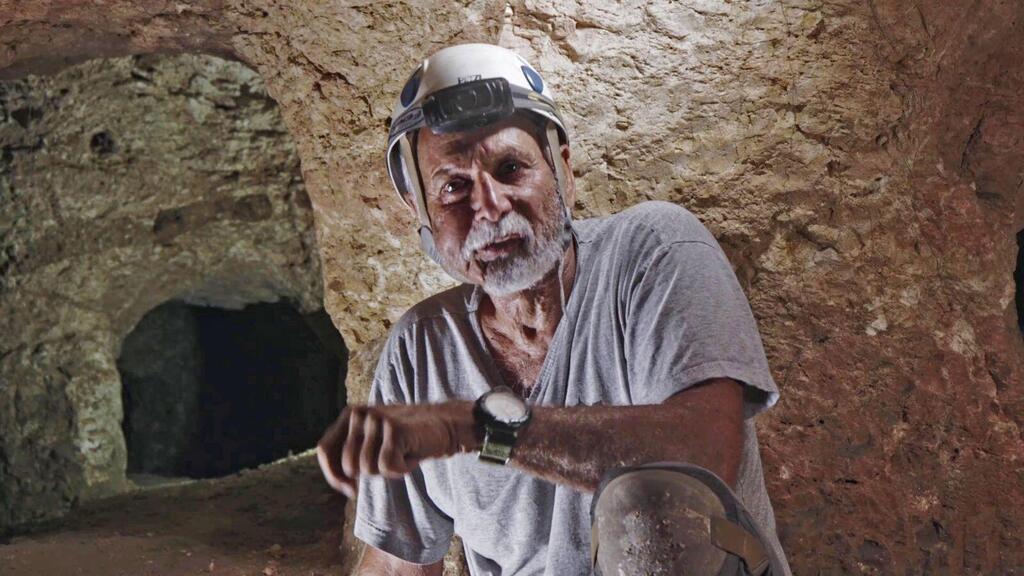

Professor Yinon Shabtiel from Safed Academic College
(Photo: Emil Aladjem, Israel Antiquities Authority )
5 View gallery
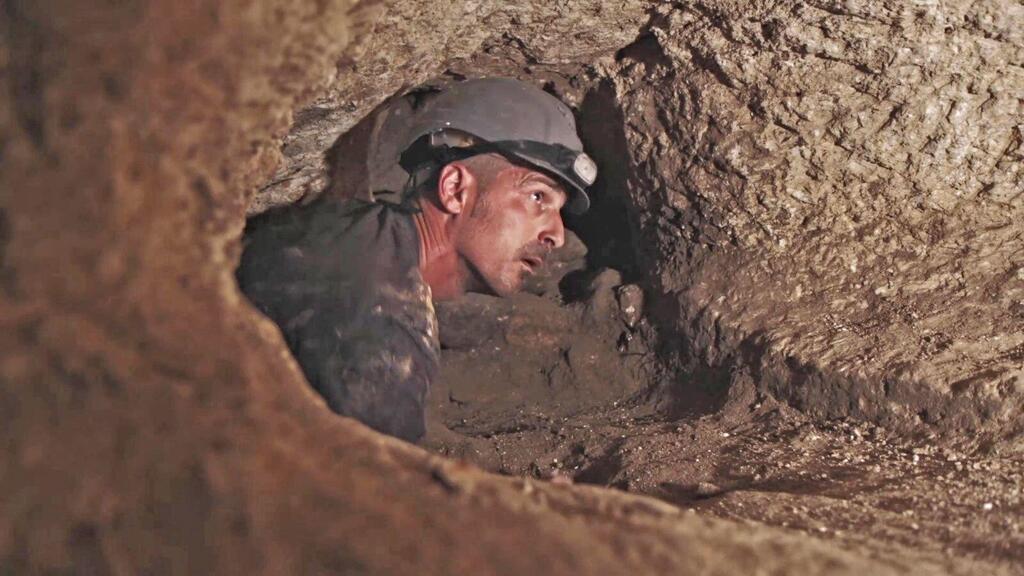

Uri Berger from the Israel Antiquities Authority
(Emil Aladjem, Israel Antiquities Authority )
The purpose of the current archaeological dig, initiated by the Israel Antiquities Authority, and funded by the Ministry of Heritage in cooperation with the Safed Academic College and the Jewish National Fund, is to uncover the rich history of the site and ultimately make the place accessible to the public. The IAA added that the sophisticated hiding system that was excavated is one of the most important heritage sites that will be developed in the Galilee and will reveal the defense methods of those days.
“We turned the excavation in the hiding complex into a community excavation as part of the Israel Antiquities Authority’s vision of connecting the public to its heritage,” Dr. Einat Ambar-Armon, director of the Israel Antiquities Authority Archeological-Educational Center in the Northern Region, said in a statement. "The excavation involves students from the Land of Israel studies major and archaeology, students from the Safed Academic College, volunteers from the Haaretz Israeli cave hunters club, local residents volunteering at the site and even soldiers participated.
The managers of the excavation, Uri Berger from the Israel Antiquities Authority and Professor Yinon Shabtiel from Safed Academic College, added: "The hiding system provides a glimpse into the difficult days of the Jewish community in Huqoq itself and in the Galilee in general. The story that the site tells is also an optimistic story of an ancient Jewish town that managed to survive historical tribulations.”
5 View gallery
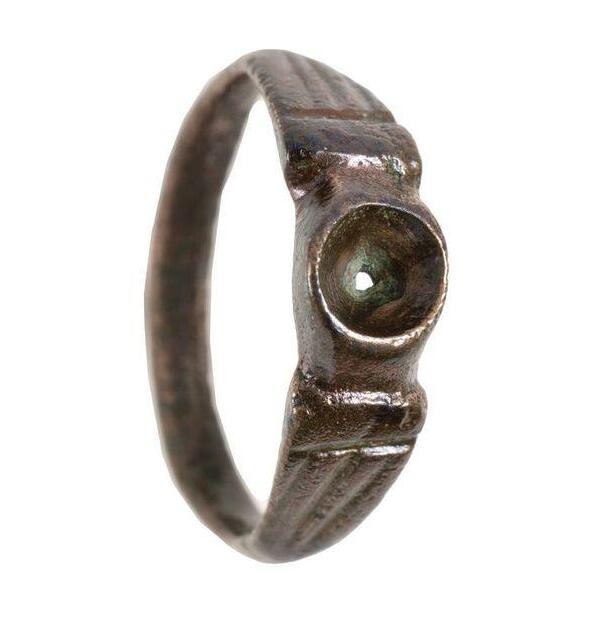

A bronze ring discovered at the site
(Photo: to: Dafna Gazit, Israel Antiquities Authority)
They added that "this is a story about residents who, even after their freedom was lost, and after severe rebellions, finally emerged from the places where they were hiding, and established a prosperous village at the top of the hill, with one of the most magnificent and impressive synagogues known in the region, and even in the whole country, at its center."
Finding the branched hiding system may contribute to the decades-long research debate. Until now, researchers have disagreed on the question of whether the Bar Kokhba rebellion also reached the Galilee or whether it remained in the center of the country. Researchers Shabtiel and Berger date, according to various findings, the internal parts of the hiding system to the days of the outbreak of the second rebellion, and it is clear that some of the ancient facilities inside it were also used during the first rebellion. "It is not clear if the system was used as a refuge during the second rebellion itself, but it certainly seems that it was prepared for it," according to the researchers. "We hope that further excavations will solve the question."
Eli Escusido, director of the Israel Antiquities Authority, is pleased with the discovery. He said the the IAA will turn the site "into a flagship project, which will be a magnet for tourists from Israel and the world. Together with our partners at the Ministry of Heritage and the Jewish National Fund, the site will be open to the public."
Director of the Northern Region of KKL-JNF Shali Ben Yishai said: "In light of the findings of the excavations and the great potential inherent in the Haqoq site, the Jewish National Fund is promoting the preparation of a detailed plan and planning for the development of the site and turning it into a unique, managed and regulated site for receiving archaeological tourism from Israel and around the world. The Haqoq site is a model for cooperation between nature, tourism and archeology in cooperation with the Antiquities Authority and the Jordan Valley Regional Council."


